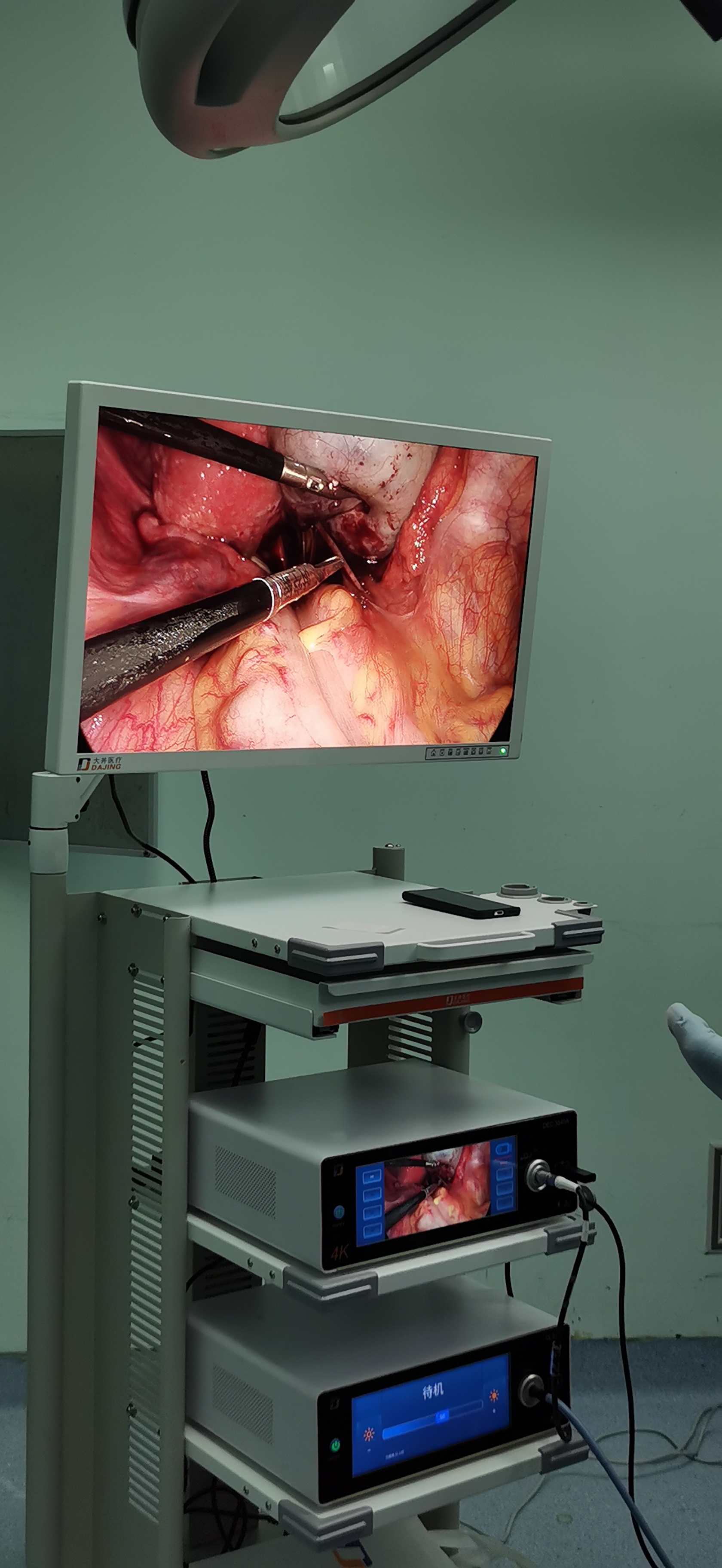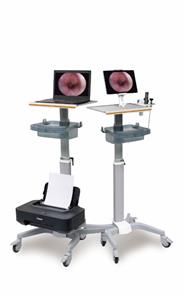Tissue injury of percutaneous endoscopic lumbar discectomy versus conventional lumbar discectomy
Comparison of tissue injury in endoscopic lumbar discectomy of the spine versus conventional lumbar discectomy. (2) Application fields and technical principles. 3.1 Study objects: From January 2011 to April 2011, a total of 20 patients with symptomatic disc herniation were included in this study. 3.2 Surgical method PELD operation: local anesthesia with 1% lidocaine was used, and the herniated intervertebral disc was resected using the German Joimax lumbar endoscope system. OD surgery: under combined spinal-epidural anesthesia, a small window is opened between the vertebral plates of the spine to remove the intervertebral disc and the exfoliated nucleus pulposus tissue. 3.3 Index detection and surgical evaluation The results of the two groups of patients were recorded. 3.4 Statistical methods SPSS13.0 statistical software package was used for statistical analysis, and P<0.05 was considered a significant difference. (3) Performance indicators (state the main performance indicators required by the contract and the actual performance indicators). There were no serious complications such as intervertebral space infection, wrong positioning, cerebrospinal fluid leakage, and incision infection in the two groups after operation, but one case in the endoscopy group had nerve numbness, but the symptoms improved spontaneously two weeks later, and all patients were cured and discharged. . (4) Comparison with similar technologies at home and abroad. At present, we have carried out more than 100 patients after introducing this technology, with an excellent and good rate of more than 90%, reaching the domestic advanced level. There is no literature report on the basic research on the degree of tissue damage between endoscopic spinal surgery and traditional surgery. (5) The creativity and advancement of the results. There is no relevant literature report to discuss the damage degree of the two surgical methods to the tissue. This subject has reached the domestic leading level in this research. (6) Functional significance Social and economic benefit analysis: as a minimally invasive surgery, spinal endoscopic surgery has the characteristics of small trauma and quick recovery, which can be accepted by most patients, and can help patients with lumbar disc herniation solve their problems and return early society. (7) The scope, conditions and prospects of promotion and application, as well as existing problems and suggestions for improvement. The conclusions of the micro-research provide us with a broad vision, and endoscopic spinal surgery will definitely be more and more recognized and respected by the majority of patients. However, this technology requires good fluoroscopy equipment, and doctors need a long learning curve difficulties.





